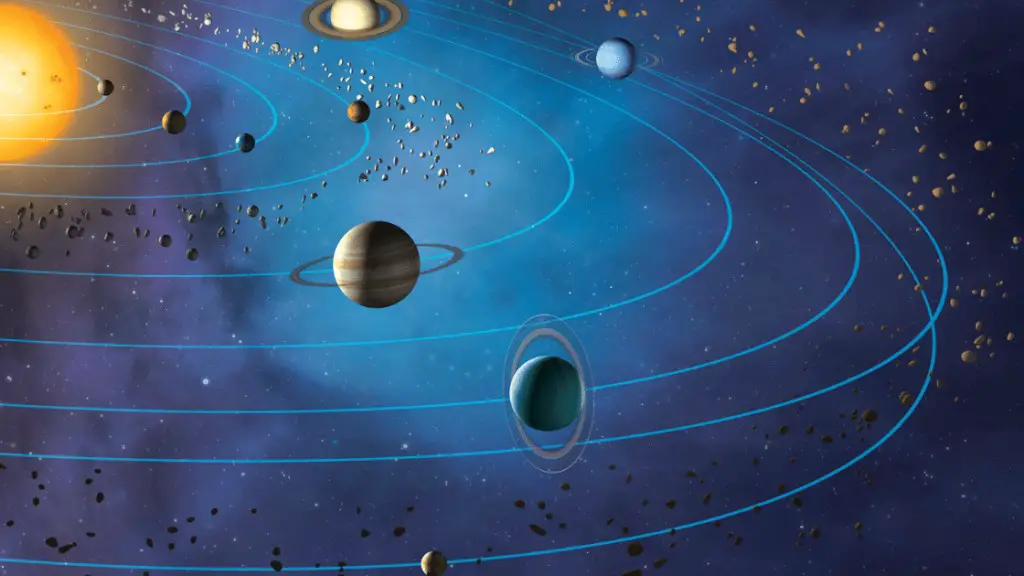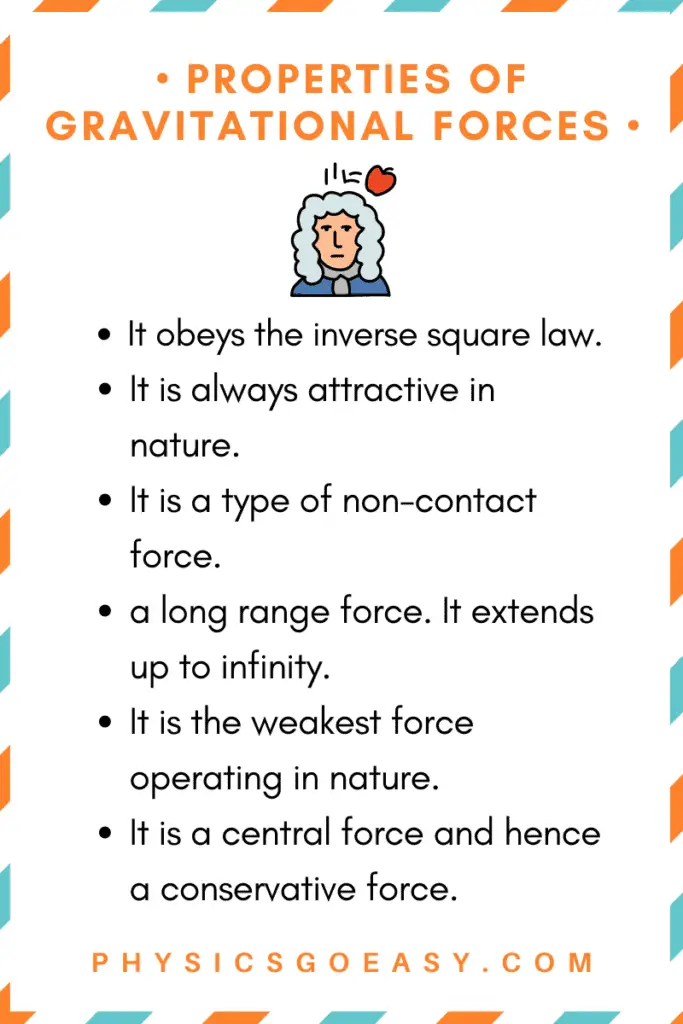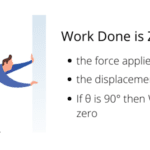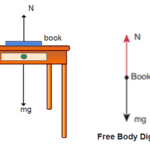
Image source canva.com
There are four fundamental forces in nature which we experience every day:-
- The strong force
- The weak force
- The gravitational force
- The electromagnetic force
These four fundamental forces govern everything that happens in the universe.
What is gravitational force?
According to Newton’s law of universal gravitation, The gravitational force is a non-contact force that attracts two objects with mass towards each other, with magnitude proportional to the product of their masses and inversely proportional to the square of the distance between them.
The equation for universal gravitation thus takes the form:
$F =\frac{Gm_1m_2}{R^2}$
Where,
- $F$ is the force between the masses;
- $G$ is the gravitational constant (6.674×10−11 m3⋅kg−1⋅s−2);
- $m_1$ is the first mass;
- $m_2$ is the second mass;
- $r$ is the distance between the centers of the masses.
Is gravity a contact force?
No, gravity is not a contact force. Two massive bodies need not be in contact with each other in order for the gravitational force of attraction to exist between them. Take the example of the Earth and the moon. There exists a force of gravity between these two massive bodies, but they are not in contact with each other.
So, Gravitational force like electric force is a non-contact force.
Properties of gravitational force
Given below are 10 characteristics of gravitational force:-
- The gravitational force is a long-range force, which exists between two particles, regardless of the medium that separates them.
- The gravitational force is directly proportional to the product of the mass of the two bodies $(m_1\times m_2)$. This means a larger mass will yield a larger force.
- The force obeys the inverse square law. The force is inversely proportional to the square of the distance between them. The smaller the distance between two objects greater is the gravitational force.
- The gravitational force produces a constant acceleration $(g = 9.8 m/s^2)$ on the surface of the earth.
- Gravitational force always acts as a force of attraction. It tries to pull masses together, it never pushes them apart unlike electrostatic and magnetic forces.
- Gravitational force is the weakest of the four fundamental forces.
- Gravitational force is a non-contact force that is it acts even when the objects are not in touch.
- The gravitational force is a central force that acts along the line joining the centers of two bodies.
- Gravitational force is a conservative force. This implies that the work done by the gravitational force in displacing a body from one point to another is only dependent on the initial and final positions of the body regardless of the path followed.

Gravitational Force Examples
- Planets revolve around the sun due to its substantial gravitational pull. It holds the Earth and all of the planets aligned in their orbits around the sun.
- Moon’s gravity results in high tide and low tide.
- Apple falling from the tree.
- It causes a ball thrown into the air to fall back down.
- It causes any object to fall to the floor when it is dropped.
- Spinning of the Milky Way galaxy due to the enormous gravitational pull of a black hole at the center.
- Our weight. A person who weighs ninety kg on earth will weigh 15kg on the moon due to gravity. This is due to the fact that the moon’s surface exerts (⅙)th gravitational pull exerted by the earth’s surface.
What are gravitational anomalies and discrepancies?
Gravitational phenomena which cannot be explained by current theories of gravity are referred to as anomalies and discrepancies.
Examples of gravitational anomalies include:-
- Flyby anomalies:- Some spacecraft have experienced greater acceleration than expected during gravity-assisted maneuvers.
- Extra-fast stars:- Stars located on the outskirts of a galaxy move with greater velocity than they should. Furthermore, galaxies within galaxy clusters also show similar discrepancies.
Related Articles





